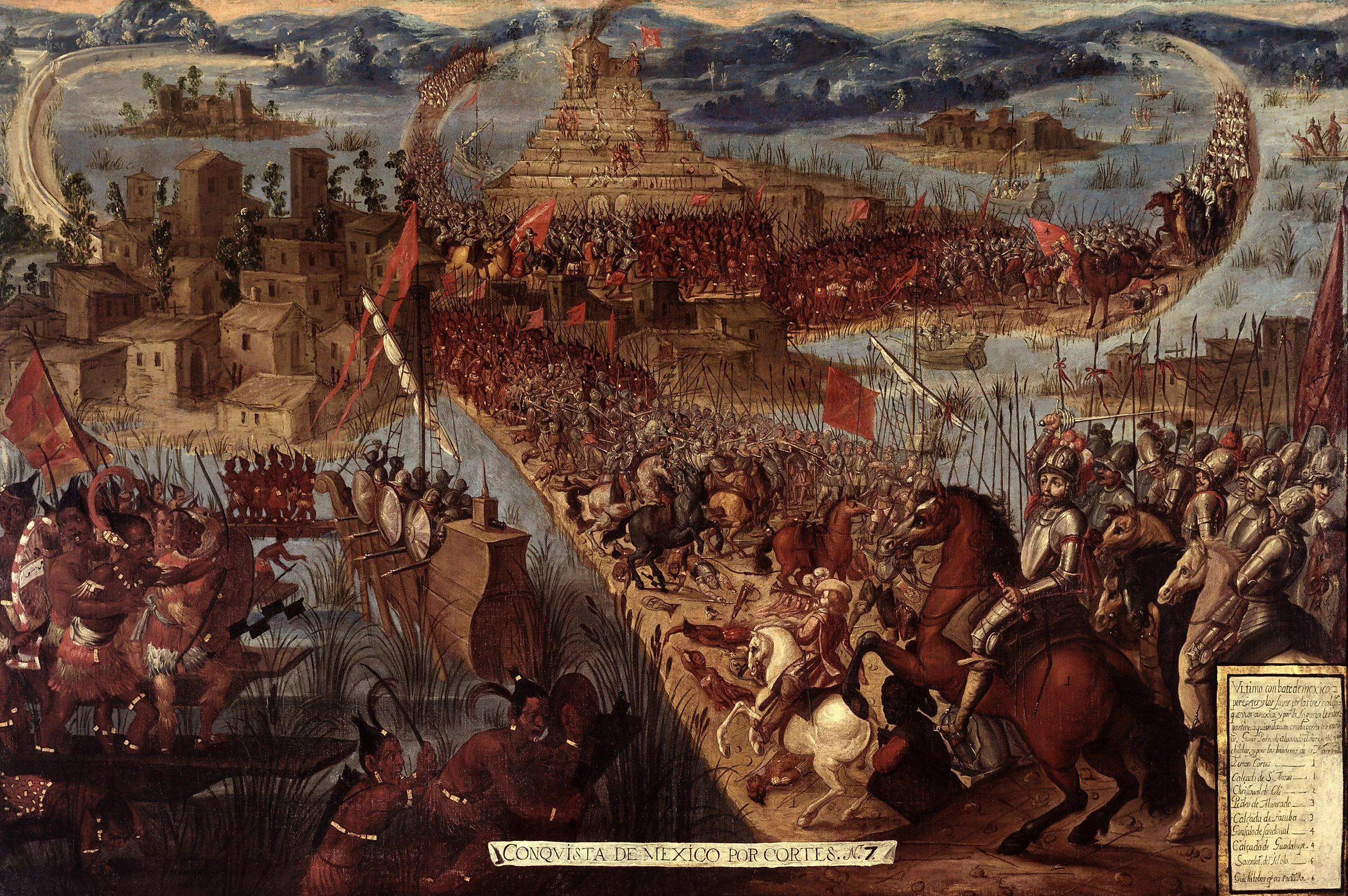
How Spanish Conquistadors Brought Down the Aztec Empire
The overseas Spanish Empire famously began with the fateful voyage of Christopher Columbus in 1492. Establishing a colony on the island of Hispaniola in North America, it did not take long for the Spanish to expand, defeating the Aztec Empire along the way.
Developing a near-insatiable thirst for gold and power, the Spanish pushed deep into the unknown to find the hidden treasures of this new and mysterious continent. By 1517, after hearing rumors of a vast and powerful empire on the mainland, the Spanish governor of Cuba commissioned several parties to track them down. While many came up empty-handed, one expedition would stumble upon the mighty Aztec Empire and, in only a few short years, bring it down in spectacular order.
Hernan Cortés
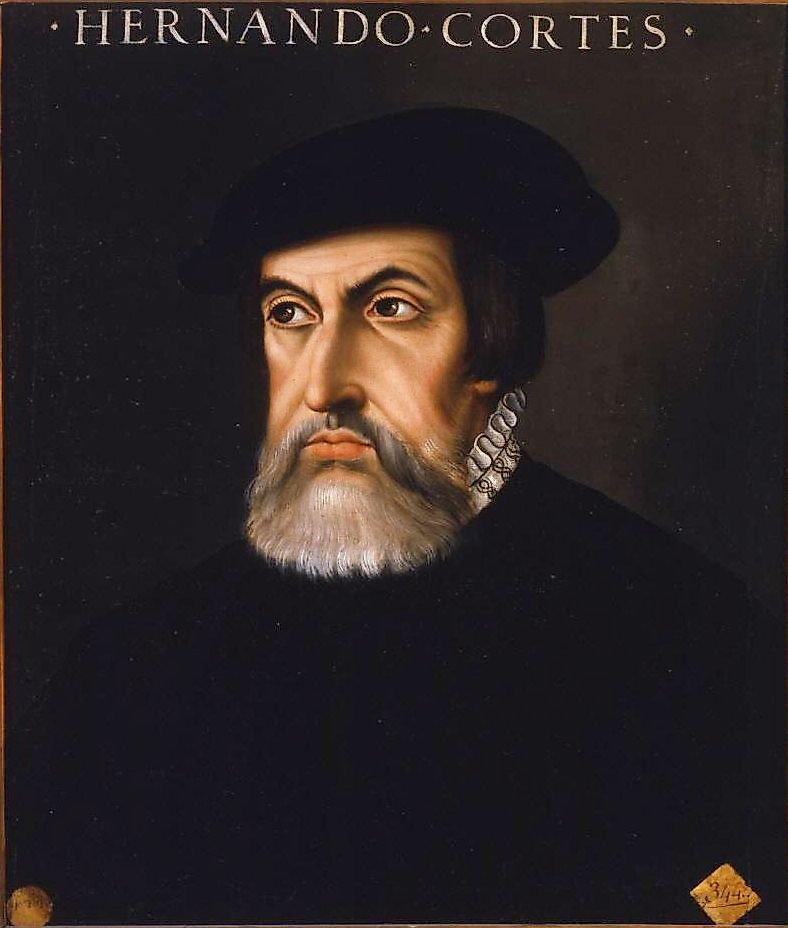
The man in charge of this expedition was Hernan Cortés. Cortés was 34 years old when he decided to make the dangerous journey to the "New World". He played an integral role in the conquest of Cuba a few years prior. He was an ambitious and seasoned military leader by the time he and his men arrived in Central America.
Cortés was accompanied by 500 soldiers equipped with plate armor, helmets, steel weapons, and early firearms. Horses were another factor that the Spanish would use to their advantage as well. Even though there were horses present in the Americas during the time of the last Ice Age, they went extinct in the region but continued to live in Europe and Asia. They were reintroduced thousands of years later by European colonists.
As soon as Cortés and his men reached land they clashed with the native populations. They fought a few skirmishes and the Spanish emerged victorious. Taking captives, the Spanish came into contact with a young Mayan woman whom they called Marina. Marina was fluent in both the Mayan and Aztec languages. One of Cortés' soldiers spoke Mayan, allowing them to communicate with any Aztecs they came into contact with. Marina would play a pivotal role as an interpreter and advisor in the events to come.
Montezuma: Emperor of the Aztecs
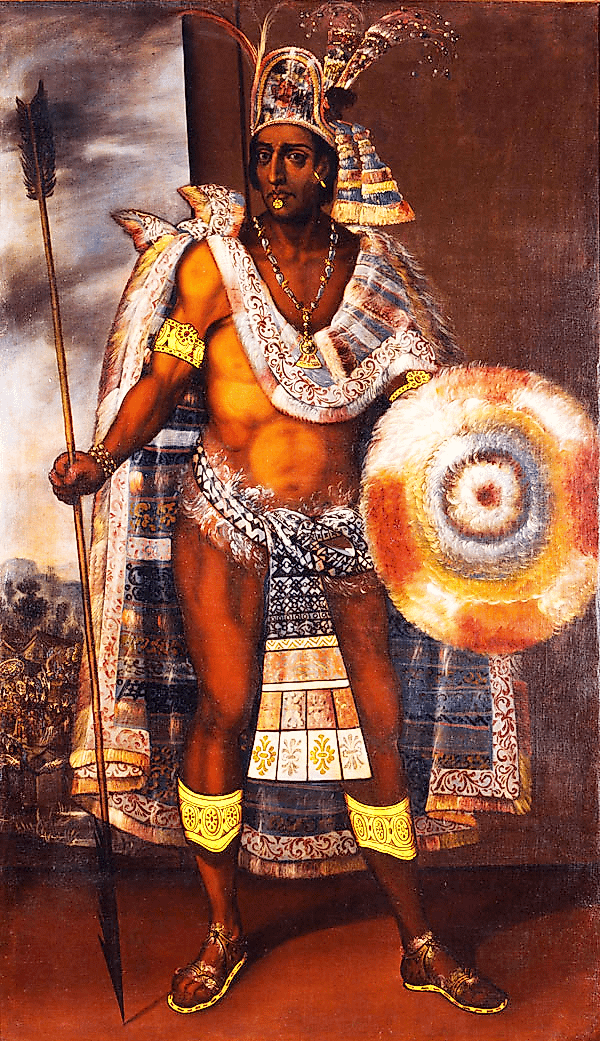
Montezuma came to power in 1502 after gaining the throne after the death of his uncle. His rule brought about a time of great prosperity for the empire. Under his command, the Aztecs frequently launched raids against neighboring villages and towns to take slaves and human sacrifices back to the capital. This behavior did little to help him earn friends, making him hated and reviled by the people who lived within reach of his army.
Upon hearing the news of the Spanish invasion, Montezuma consulted his advisors and decided to take a diplomatic approach rather than attack outright. He dispatched representatives carrying gold, silver, and other valuables to pacify the invaders. The convoy had the opposite effect; the display of wealth only encouraged Cortés to move further inland in search of riches.
No Turning Back
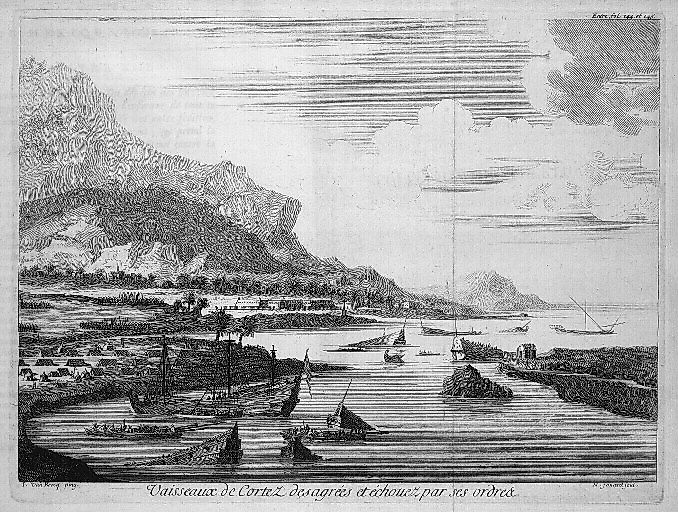
Not all of Cortés's men were in favor of pressing on. To stop them from abandoning him, Cortés ordered the sinking of all his ships, claiming they were unfit to sail. Now, their fate was sealed.
In 1519, Cortés and his men arrived outside the capital, Tenochtitlan. By all accounts, the Spanish were highly impressed by what they saw. Tenochtitlan was an advanced and densely populated city in the Americas. In many ways, it surpassed European cities in terms of cleanliness and urban planning. Cortés and his men did not face resistance as they entered the city. Montezuma was likely wary of facing them in battle, or he may have hoped to have them as allies.
The Battle for Tenochtitlan
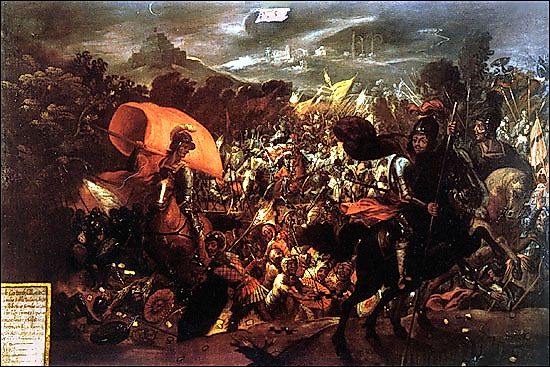
Soon after, however, Cortés seized Montezuma and took him prisoner. Montezuma was forced to swear fealty to the Spanish king and display a massive cross on the Great Temple, also known as the Templo Mayor. This predictably enraged the Aztecs who surrounded the Spanish position within the city. Small bursts of violence erupted sporadically but it appeared for a moment that peaceful solutions were still on the table.
Just as things began to cool down, Cortés was suddenly forced to leave the city and return to Veracruz. The governor of Cuba, the man who had initially sent Cortés to Mexico, dispatched an army to arrest Cortés after he refused to withdraw from his campaign against the Aztecs. Cortés left some of his men in charge of the city and rushed away to face this new threat.
In Cortés's absence. discipline amongst the Spanish started to wane. The Spanish and Aztecs came to blows when a handful of Spanish soldiers attempted to interrupt a human sacrifice. The Aztec population rose up in anger and laid siege to the Spanish stronghold in the middle of the city.
By this time, Cortés had returned from Veracruz. He had defeated the governor's forces and recruited them to his cause. Cortés used the promise of Aztec gold to entice the newly arrived soldiers to switch allegiances. Cortés entered the city and fought his way toward the Spanish soldiers held up inside the royal palace. Once the two Spanish forces were reunited they pushed into the Templo Mayor, looted it of all its valuables, and burnt it to the ground. Enraged, the Aztecs attacked the Spanish and killed many of them. Cortés and his men knew they could not win and fled from the city taking as much gold with them as possible.
Historical records are not totally clear, but it appears that Montezuma died during the retreat. Some historians believe that he was slain by his own people who saw him as a traitor. Others claim he was murdered by the Spanish once it was clear he was no longer useful to them.
The Fall of the Aztec Empire
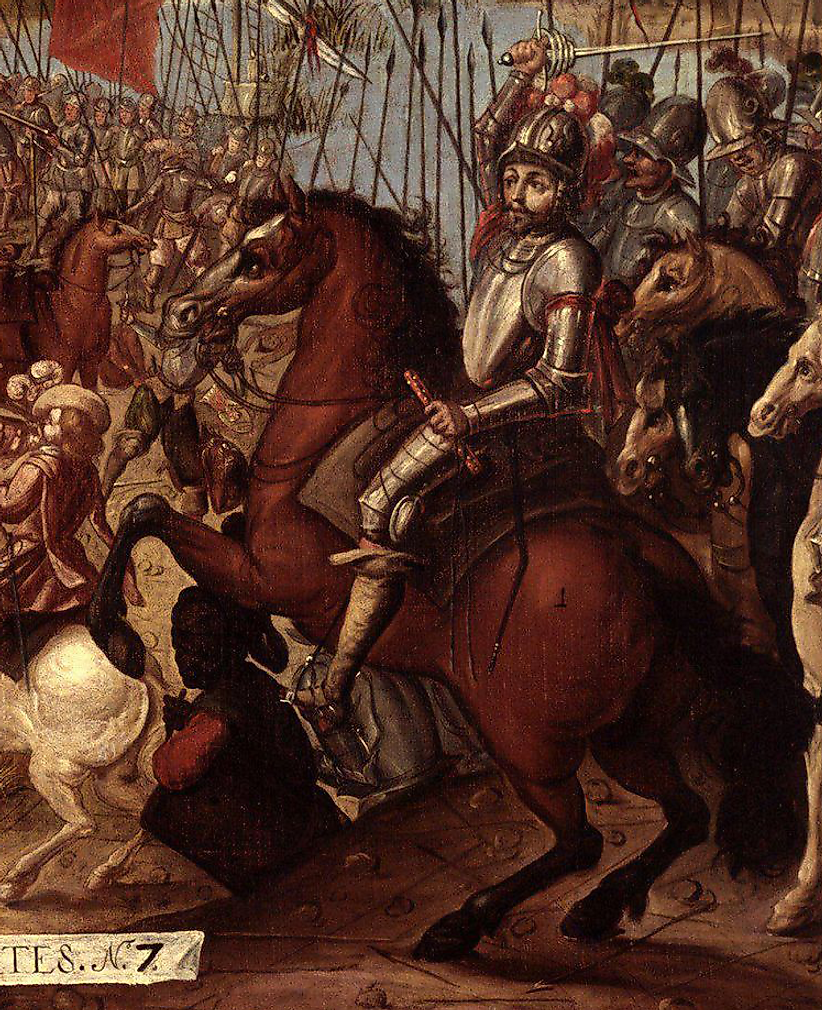
Despite being forced to flee the city, Cortés was undeterred. Ten months later, in 1521, he returned with a new army. Made up mostly of disgruntled and vengeful tribal peoples who had suffered under the heavy-handed Aztecs, a sense of revenge was in the air.
Cortés used warships to cut off access to the city. Tenochtitlan was also in the midst of a devastating smallpox epidemic unknowingly introduced by the Spanish that ravaged the city's population. Starving and suffering from disease, the defenders held out as long as they could but lost their city after 93 days.
Many atrocities were committed once the troops entered the city. The Tlaxcalans, one of the native allies that fought with the Spanish were exceptionally brutal. Killing women and children, they engaged in such a level of depravity that it shocked some Spanish conquistadors.
The city was stripped of all its valuables and large swathes of Tenochtitlan were burnt to the ground. The Spanish brought back enormous riches to Spain and Cuba as further proof to the Spanish crown of what opportunity awaited them in the New World. In 1523, the capital of New Spain would be built on top of the ruins of Tenochtitlan and eventually become Mexico City.
The Aftermath
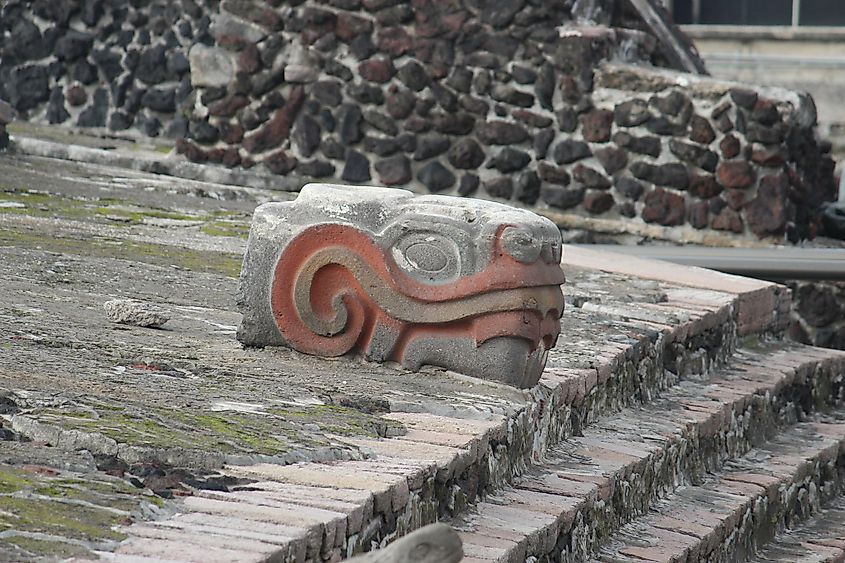
The Spanish spent the next few decades conquering and subjugating the remaining indigenous kingdoms and tribes in Central America. Many of them resisted fiercely but were unable to mount any serious threat to Spanish rule. The gap in military technology was often too great to overcome. The introduction of new and deadly diseases that the native population had no immunity against also tipped the scales in the favor of the Spanish.
The Spanish Empire would go on to expand to Oregon in the United States and end at the southernmost tip of Argentina in South America. Today, Spanish remains the most widely spoken language in the Americas and the cultural influence of the Spanish colonial legacy can be seen and felt throughout both continents.
The legacy of the Aztecs is still a matter of national pride to the people of Mexico. The temple's ruins and artifacts have been preserved over the centuries. Today, they are some of the most valued and celebrated heritage sites in the nation.











